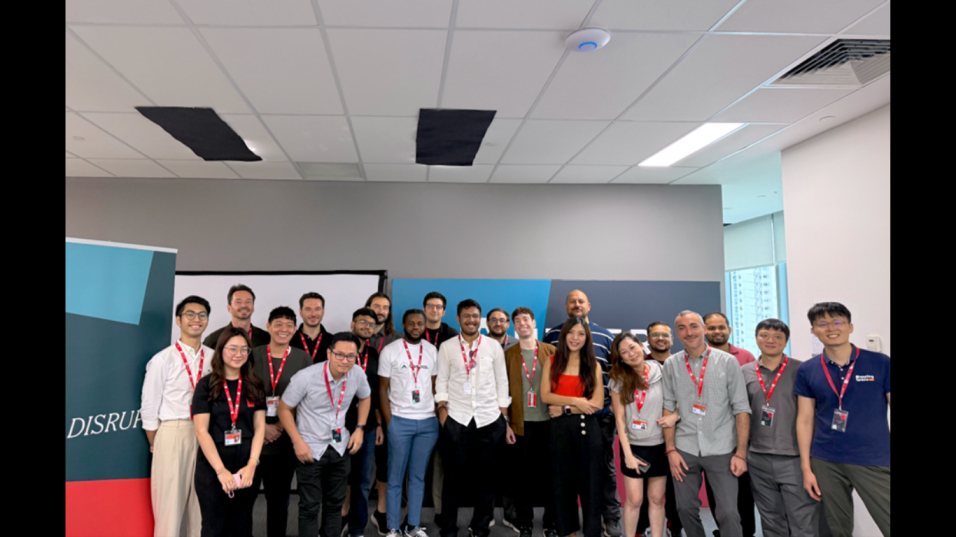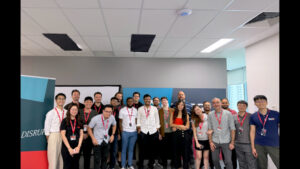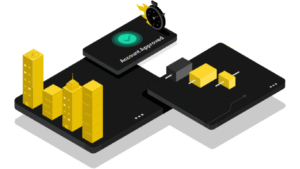The mood around artificial intelligence has shifted from “maybe someday” to “how fast can this go live?” Boards are carving out budgets, product teams are sketching roadmaps around AI-first features, and operations leaders are quietly automating the dull, repetitive work that clogs throughput. The reason isn’t mystique. It’s unit economics and speed.
Early adopters aren’t rebuilding everything from scratch; they’re plugging smart components into what already works. Many start with focused generative AI services that sit inside existing apps, CRMs, data lakes, or support systems, then scale what clearly pulls its weight.
The plain-language investment thesis
No executive signs a seven-figure check for a toy. Capital flows to AI because it trims cost, grows revenue, and reduces risk, often at the same time.
- Cost: copilots draft emails, summarize tickets, prepare reports, and triage backlogs so humans handle the edge cases.
- Revenue: personalization engines serve the right offer in the right moment; sales teams get better lead scoring and warmer outreach; content teams publish more without adding headcount.
- Risk: anomaly detection flags fraud early, predictive maintenance heads off downtime, and smarter forecasts reduce stockouts and write-offs.
Stack those gains across dozens of workflows and the math compounds. Payback windows measured in quarters, not years, are becoming normal.
Why this moment is different
The ecosystem finally matured. Foundation models can generalize across domains; they’re accessible via stable APIs. Vector databases, event pipelines, and orchestration layers make retrieval and grounding reliable. Instead of hiring a research lab, companies can treat AI like product engineering with strong guardrails. That unlocks hundreds of use cases that were “almost there” three years ago and fully viable now.
Where AI keeps winning
Patterns with high volume, language-heavy inputs, measurable outcomes, and fast feedback loops show the best ROI.
- Customer service: auto-triage, suggested replies, and knowledge snippets reduce handle time and raise consistency.
- Knowledge work: semantic search and summarization free experts from rummaging through docs and threads.
- Finance and ops: invoice parsing, contract analysis, claims adjudication, fewer manual keystrokes, faster cash cycles.
- Commerce and marketing: next-best-action systems that learn in production instead of relying on brittle rules.
- Industrial: computer vision for defect detection; forecasting that schedules maintenance based on risk, not calendar.
- Product experience: in-app copilots that onboard, explain features, and generate on-brand content on the fly.
Successful programs pick two or three of these, instrument them tightly, and iterate weekly. Spreading thin across a dozen pilots rarely sticks.
Build vs buy without ideology
Owning the full stack sounds heroic and burns time. The pragmatic route is hybrid.
- Buy commodity parts where differentiation is low: OCR, translation, speech-to-text.
- Customize where proprietary data is the moat: domain copilots, pricing recommendations, risk models.
- Keep a router that can swap models by task, latency, or cost to avoid vendor lock-in.
This keeps velocity high and the architecture flexible when models or pricing change.
Data is the moat; governance is the drawbridge
Raw power doesn’t guarantee useful answers. Quality comes from grounding, permissions, and feedback.
- Retrieval over constant re-training. Ground outputs in approved, current knowledge, policies, specs, tickets, product docs, to cut hallucinations.
- Access controls and lineage. Fine-grained permissions, audit trails, and masking keep sensitive data in bounds.
- Feedback loops that matter. Collect outcomes, not only thumbs-up/down. Route edge cases to humans, close the loop, and feed signals back into prompts and ranking.
The target is trustworthy outputs at scale, monitored like any other critical system.
Responsible by design beats “fix it later”
Regulatory heat is real, but it’s manageable with process. Programs that bake in safety from day one move faster when scrutiny arrives.
- Policy-aligned prompts and guardrails that refuse risky actions.
- Red-team tests for bias, leakage, and jailbreak attempts.
- PII scrubbing before any text touches a model.
- Human-in-the-loop for high-stakes tasks with clear escalation.
- Documentation (model cards, eval results) that explains use, limits, and monitoring.
Think of it as traction, not a brake. The right guardrails keep projects alive.
Adoption rises or falls on change management
A brilliant model fails if nobody uses it. Adoption grows when AI shows up where work already happens and measures outcomes users actually care about.
- Ship inside familiar tools: CRM sidebars, ticket panes, office suites.
- Report the wins in plain numbers: minutes saved, cases resolved, dollars collected.
- Align incentives with outcomes, not usage stats.
- Train for judgment, when to trust, verify, or override, not just how to prompt.
Once the first success lands and the workflow feels natural, internal demand tends to pull the next features forward.
The ROI scoreboard that keeps everyone honest
Leaders don’t need vanity metrics. They need a short scoreboard tied to baselines.
- Productivity: time-to-complete, tasks per agent, backlog cleared.
- Quality: CSAT, error rate, rework percentage, defect escape rate.
- Financials: cost per ticket, revenue per session, days sales outstanding.
- Risk: fraud caught per 1,000 transactions, downtime avoided, compliance exceptions.
Review monthly. Kill what stalls. Double down where the slope stays positive.
Hidden advantages nobody puts in the slide deck
AI scales at 2 a.m. the same as 2 p.m., which smooths demand spikes without over-hiring. It also nudges creativity at the edges. Engineers ship faster when a copilot handles boilerplate. Analysts test more hypotheses when exploration is cheap. Designers prototype five variants before lunch. These small accelerations stack into a capability gap that rivals struggle to close.
The bottom line for operators and investors
AI is now an operating advantage, not a science project. Companies invest because the outcomes are repeatable: lower cost per task, faster cycles, fewer failures, more revenue per user. The spread between adopters and spectators will widen as models and tooling improve. The winning pattern is familiar: start narrow, ground in trusted data, build responsible controls, measure relentlessly, and scale the features that earn their keep.
The market may argue about models, but customers won’t argue with shorter queues, better answers, and products that feel sharper every month. That’s why the money is flowing, and why it isn’t slowing down.
Article received via email































